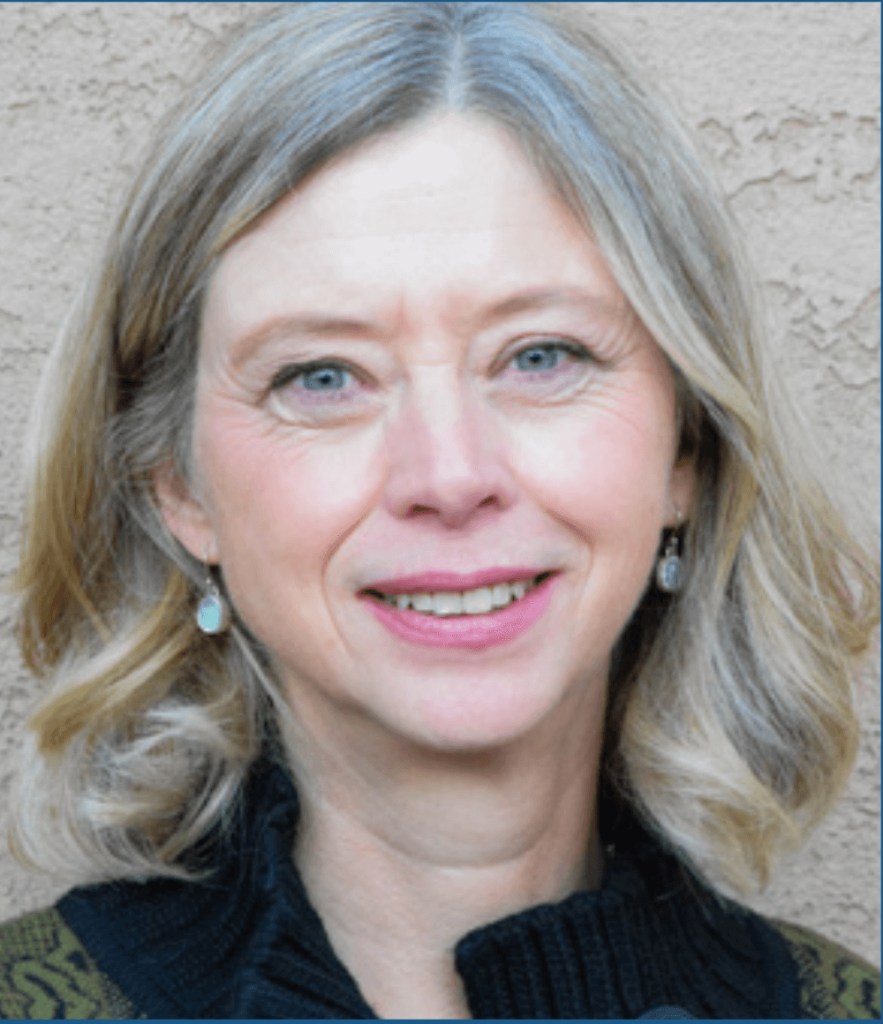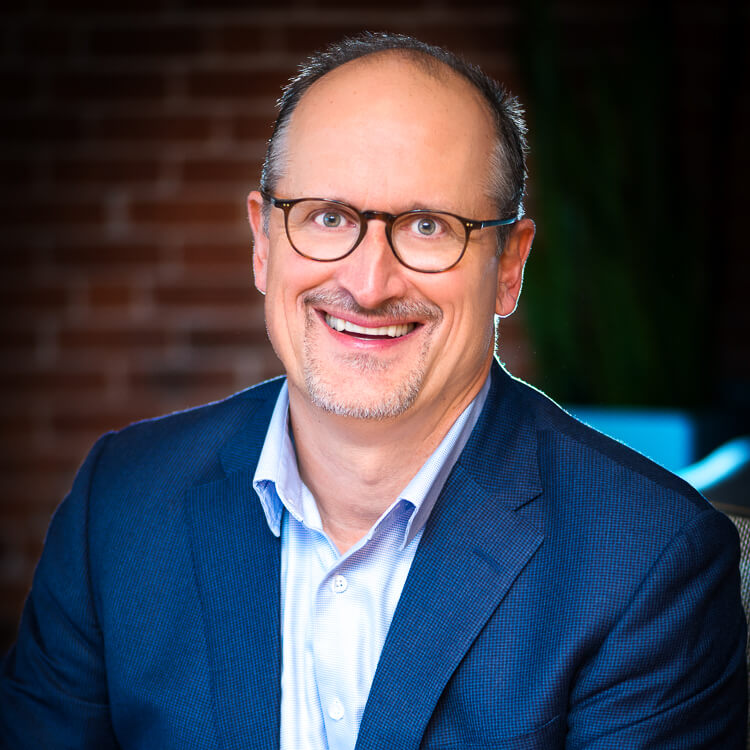Mar 9, 2023
Effective stakeholder engagement can improve siting and construction outcomes for nuclear energy infrastructure by building stronger relationships with the communities that host this infrastructure. In this webinar, professionals from both inside and outside the nuclear industry share how operationalizing stakeholder engagement in company practices can help to achieve these benefits.
Presenters

Elizabeth Helvey
Project Manager, North Wind Services, LLC
Elizabeth Helvey has over 30 years of experience designing stakeholder engagement strategies related to the transportation of spent nuclear fuel (SNF) and the siting of nuclear facilities. Ms. Helvey specializes in working with state and tribal governments to prepare emergency responders, elected officials, and the public along the routes used for shipments of SNF. She has supported the U.S. Department of Energy’s (DOE) efforts with the National Transportation Stakeholder Forum and the Tribal Radioactive Materials Transportation Committee as well as private industry clients siting nuclear facilities. Her experience includes support to the Office of the Nuclear Waste Negotiator’s effort to site an interim storage facility in the 1990s, leading a team that supported DOE’s consent-based siting effort in 2015-17, leading a team advising Southern California Edison on strategic considerations to move their SNF off-site from the San Onofre Nuclear Generating Station, and working with Ultra Safe Nuclear Corporation on siting micro modular reactors.

James Hamilton
Executive Director, Nuclear Decommissioning Collaborative
James (Jim) A. Hamilton specializes in the socioeconomic, regulatory and public consultation aspects of large-scale energy infrastructure projects.
At present, he is the Executive Director of the Nuclear Decommissioning Collaborative: In his work with the Collaborative, Jim helps local, state and federal stakeholders quantify, then mitigate, the socioeconomic impacts from commercial nuclear power plant closure. In parallel, The Collaborative works with host communities and utilities to plan for long-term economic resiliency in the energy transition arena. His focus areas include spent fuel storage systems, socioeconomic impact management, environmental justice, stakeholder engagement, economic development and creating local community hosting agreements.
Mr. Hamilton is also working with the U.S. Department of Energy on its nuclear waste management program, specifically their near-terms efforts with respect to federal consolidated interim storage. Jim has also advised Canada’s First Nation’s communities on environmental matters, served as the Vice President of Sustainability for a global mining entity, and taught graduate courses in Environmental Policy at the Massachusetts Institute of Technology (MIT).
Jim earned undergraduate and graduate degrees from the University of British Columbia and MIT respectively. His volunteer work has included serving as Co-Chairman of MIT’s Energy, Environment and Sustainability Global Collaboration Committee.

Mckinsey Lyon
VP of External Affairs, Perpetua Resources
Mckinsey Lyon has a bachelor’s degree in History and 16 years of experience. Before joining Perpetua Resources, Mckinsey was a partner at Gallatin Public Affairs where she helped clients achieve business goals by integrating strategies across communications, government relations and stakeholder engagement. As VP of External Affairs, Mckinsey leads the direct advocacy and social license development for the Stibnite Gold Project. Mckinsey joined the company in 2017, because she believes that Perpetua is set to lead the way into the next generation of mining that will bring forward the responsible production of the metals and minerals that are essential for a more sustainable future. She also believes that the Perpetua team is dedicated to Idaho and to doing business the right way. Mckinsey is a fifth-generation Idahoan, who grew up exploring Idaho’s wilderness with her father. With the help of her husband, she is not only instilling her love for Idaho’s rich and diverse landscapes in their three young children, but they are also teaching them the importance of protecting our environment.
